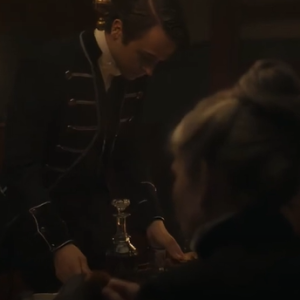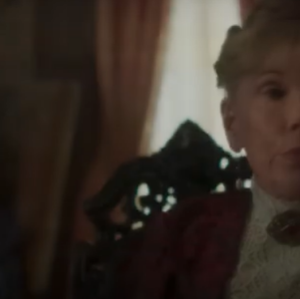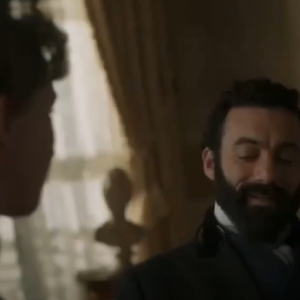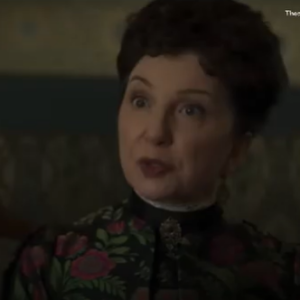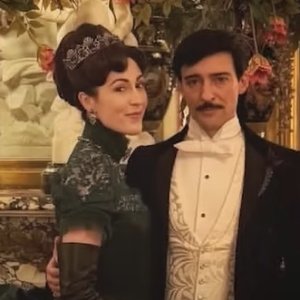The Gilded Age lands with the gleam of a gilded coin, its surface dazzling even as its underside unsettles. The series excels at grounding its drama in tangible historical texture: the silhouettes of New York society, the opulence of Mrs. Fish’s salons, and the crisp, ceremonial cadence of ballrooms that echo the era’s social choreography. You can almost smell the petroleum-laced air in the city’s grand parlors, hear the clack of carriage wheels on cobblestones, and feel the tremor of tension when a divorce, a promotion, or a whispered scandal tilts the fragile balance of power. The creators lean on meticulous production design, reverberating with the echo of a time when fortune and reputation hung by a thread, and every cup of tea carried the weight of a hundred unspoken rules. The show’s fidelity to period details — from carriage etiquette to the cadence of social protocol — is not just fan service; it’s the engine that drives the emotional charge of each arc, inviting viewers to inhabit a world where manners can be as lethal as a weapon and where elegance conceals a fierce competition for influence.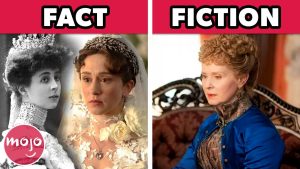
Yet the show stumbles when it leans too heavily on glossy convenience, smoothing over the harsher truths that crack the surface of late 19th-century life. The streets, as lushly shot as they are, can feel too pristine for a city that grappled with filth, smoke, and disease in every alley and tenement. The series sometimes reframes the relentless industrial pressure and the real despair of labor struggle into staged set pieces, where the drama lands with a carefully choreographed impact rather than the raw, unvarnished grit of history. While the Homestead-like clashes are convincingly referenced, the texture of everyday labor — the squalor, the pain of exploited workers, the ever-present danger of industrial catastrophes — risks becoming a backdrop rather than a force propelling the narrative forward. In doing so, the show occasionally trades depth for spectacle, offering a polished myth of the era that fits neatly within its dramatic arcs, even as the historical record remains louder and more unruly than the screen can fully depict.
Where The Gilded Age earns rare precision is in the intimate, intimate politics of divorce, family honor, and gendered power. The portrayal of Aurora Fain’s divorce, and the social ostracism that followed, aligns with historical patterns where female autonomy collided with entrenched proprieties. Newport as a haven for wealthy divorcees is a pointed, credible detail that the series uses to illuminate the era’s social calculus. Likewise, the Brooklyn Bridge subplot — with Emily Robling stepping into a public-facing engineering role while John Robling’s legacy looms large — nods to the real-life twisting paths of invention, leadership, and feminine competence under patriarchal expectations. Even Peggy’s soul-searching journalism, inspired by Ida B. Wells, lands with a charge of authenticity; her fearless pursuit of truth against oppressive forces mirrors the era’s rougher edges and the birth of modern investigative reporting. These moments carry the weight of realism, offering audiences a corridor through which to understand the era’s stubborn rigidity and the seeds of social change.
Nevertheless, the show’s moral compass wobbles at times, bending toward neat conclusions that may not have matched the era’s chaotic truth. The shadings of complicity, ambition, and reform frequently crystallize into clear lines of villainy and virtue, diminishing the messy complexity that historians acknowledge in gilded age power dynamics. The character arcs occasionally streamline the web of influence into a more navigable map: a few decisive betrayals, a handful of revelatory conversations, and a tidy reversal that feels earned rather than earned through the grind of long-standing systemic obstacles. This softening can blunt the sharper edges of history — the pervasive corruption, the porous lines between business and politics, the way wealth could buy not only influence but protection from consequences. When the narrative resolves with a glittering snapshot of triumph, it risks eclipsing the more unwieldy, slower arc of social change that historians emphasize, leaving viewers with a triumphant finale that might flatter the era more than it unsettles it.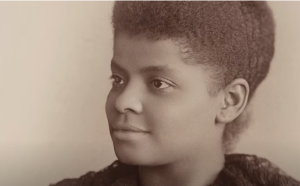
In the end, The Gilded Age remains a drama of luminous contradictions: it shines with dazzling historical detail and humanizing character arcs, while occasionally glossing over the harsher, less cinematic realities of its time. Its top strengths lie in the intimate portrayals of women steering their fates within a constraining patriarchal system, in the visceral ache of longing and ambition, and in the clever integration of real-life threads — the graft of the era, the ambitions of engineers and social climbers alike, and the enduring question of what it means to belong in a world where money, manners, and memory can be both a shield and a prison. As audiences, we are pulled between awe and scrutiny: awed by the elegance and audacity of a world that pretends to be timeless
